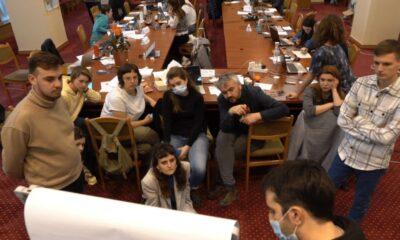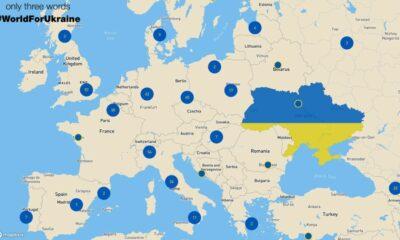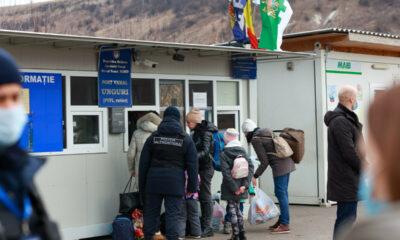Miscellaneous
FBI: A Moldovan couple faked a death to get $2 million from the insurance
A Moldovan woman and her son are being accused in Minnesota, US, for faking the death of his husband and getting $2 million from the insurance company.
Irina Vorotinov and her son, Alkon Vorotinov, were charged on Tuesday, 13 of January, in federal court of St.Paul- the presumed widow with mail fraud and her son with knowing the actual commission of a felony and concealing a crime.
According to FBI, Irina Vorotinov, had got out of Minneapolis, Maple Grove and Plymouth, more than $2 million from a life insurance claim, after her husband, Igor Vorotinov, reportedly died.
That claim- which included a badly putrefied body, found lying on the side of a rural Moldovan village road- was false, prosecutors now say.
According to a criminal complaint, Mutual of Omaha, the insurance company that paid Vorotinov’s claim, hired a private firm to investigate the 2011 death. The investigation office interviewed the Moldovan policeman who found the supposed body of Igor Vorotinov. The officer received an anonymous emergency call, saying that a dead body was at the entrance of Cojusna village in Moldova. The officer said he found the body, the passport and the hotel cards on the side of the road between two bushes and determined there were no signs of violence, so he then called his son to help him take it to a morgue.
Neither the police officer nor the morgue took pictures of the body, because neither authority “had access to a camera,” the complaint stated.
Irina Vorotinov traveled to Moldova from the Twin Cities, identified the body as her husband and ordered it cremated in Ukraine. She then took the ashes back home to Minnesota. In March 2012, she received a check from Mutual of Omaha for $2,048,414.09 in life insurance proceeds.
More than a year later, in June 2013, the FBI received a tip from an anonymous source in Moldova that Igor Vorotinov was not in his widow’s urn.
Investigators determined that Irina and Alkon Vorotinov had transferred $1.5 million of the insurance claim to accounts in Switzerland and Moldova in the same month the funds were awarded to them.
In November 2013, customs officials of the Detroit airport stopped Alkon Vorotinov and his fiance, on their way from Moldova to Minneapolis, and took their laptops.
The following month, investigators discovered digital photographs of Igor taken in spring 2013, “in which Igor is very much alive.” Metadata from the digital photos showed they were taken in 2013, and the camera used to take them was not available for purchase until June 2012, more than nine months after Igor purportedly died.
An FBI investigator added in the complaint: “I have personal knowledge that the person depicted in the photographs is Igor because I met Igor in connection with a prior investigation of Irina and the person depicted in both photographs is Igor.”
The images also matched Igor Vorotinov’s driver’s license photo and were identified by “a cooperating individual who has known Igor for many years,” the complaint stated.
The case is still investigated because the FBI officers think that they can get to Igor, the supposed dead, who is reportedly living in Ukraine.
Source: Twin Cities
Miscellaneous
Economic expert: Moldova has too many bureaucrats, that incurring additional unnecessary costs

The number of government officials working at various control agencies has increased by 3.5 thousand people from 51.2 thousand in 2011 to 54.8 thousand today. That is while the country’s population has decreased by 343 thousand inhabitants, from 2.93 million in 2011 to 2.6 million in 2021, as being mentioned in an analysis published by the economic expert Veaceslav Ionita.
10 years ago, there was an average of 17.6 bureaucrats per one thousand inhabitants. This figure has increased by over 20%, meaning that today we already have 21.4 bureaucrats per one thousand inhabitants. According to the expert, the number of government bureaucrats in charge of public services is unbalanced when compared to the number of people who would request such public services. “If we keep the rate from 2011, then we would have to reduce the number of bureaucrats by 10 thousand people.”
Nowadays, the costs for a single employee of the bureaucratic system reach 200 thousand lei, including the payments related to salary, bonuses, social expenses, as well as office space and other labor costs. “The maintenance costs of this additional and unnecessary number of bureaucrats amount to at least 2 billion lei annually,” the expert claimed.
The number of government control agencies was reduced from 68 to 19, as being displayed on the official page of the national public services portal. “The number of control institutions were reduced, but not the number of bureaucrats in charge of controls. In the last 4 years alone, the number of permissive acts in Moldova has decreased 3 times. Thousands of people were dealing with unnecessary and harmful activity by offering permits for certain types of activity. Their activity proved to be useless and, consequently, was ended. But the bureaucrats stayed in offices, even though their previous positions were removed. Obviously, all the thousands of people, who have lost the right to control or allow something, started to look for new solutions to ‘milk’ the money from businesses.”
The expert says that the damage caused by the unnecessary activity of such officials amounts to tens of billions lei each year in the form of lack of investment in Moldova, people emigration, shutting down companies due to corruption, exaggerated prices due to monopolies protected by bureaucrats and other costs borne by the society.
It is still not clear why Moldova would need a National Agency for the Regulation of Nuclear and Radiological Activities, given that there are no nuclear power plants on the territory of the country and given that there is already a National Agency for Energy Regulation. Also, there are 3 agencies in charge of land recording and cadastral maps creation in the Republic of Moldova. The economic expert believes that some control agencies could be merged in a single market regulation agency and that would be a way to optimize public expenditures.
Photo: unknown
Economy
Romania and Moldova signed a partnership memorandum pledging to cooperate in promoting their wines
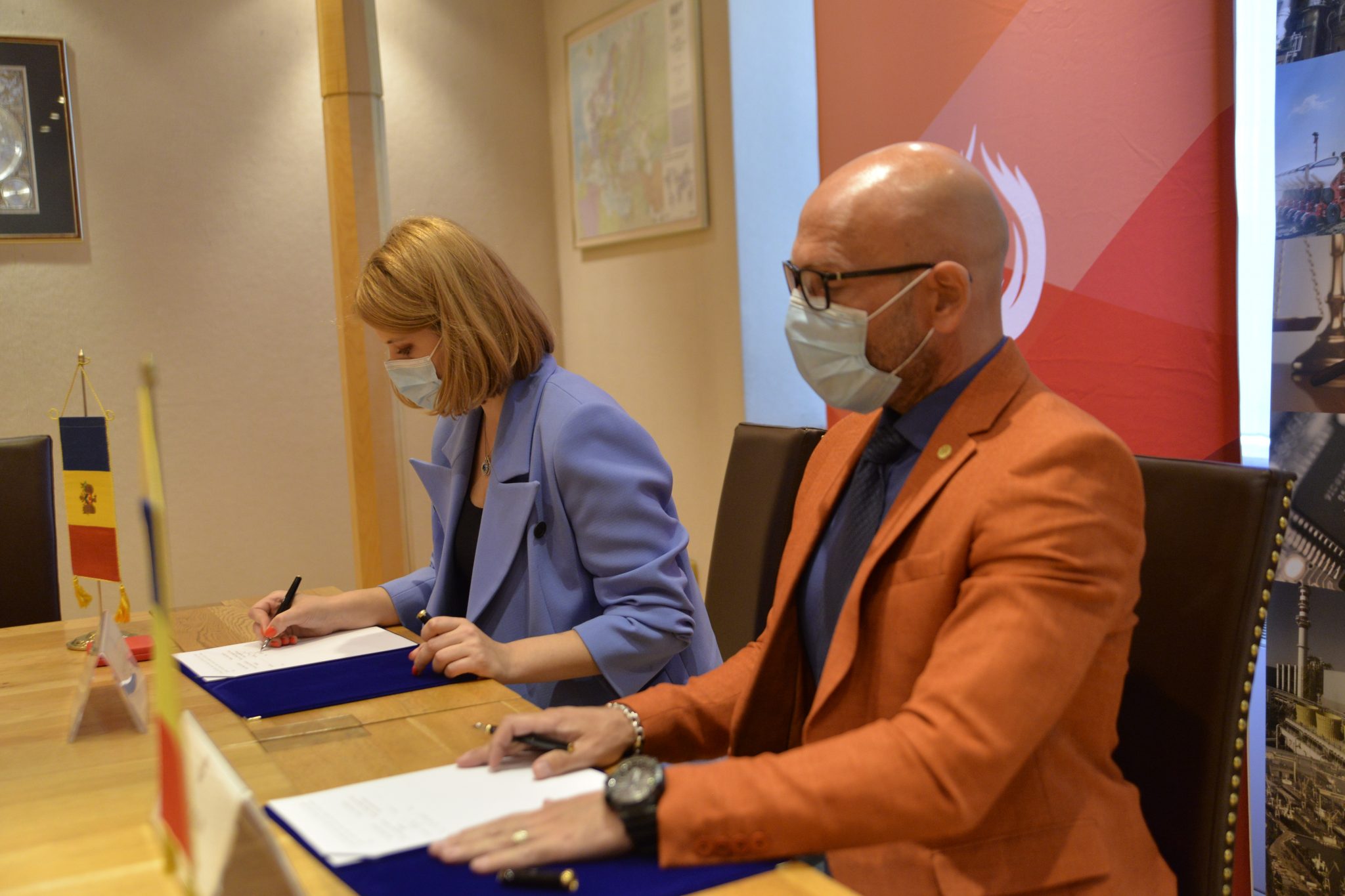
The Chamber of Commerce and Industry of Romania (CCIR) and the National Office for Vine and Wine (NOVW) of the Republic of Moldova signed, last week, a memorandum of cooperation on organizing joint promotional activities in the markets of common interest, as the CCIR announced.
China, Japan or the USA are just some of the markets targeted by the Romanian and Moldovan institutions. The memorandum also involves advertising activities for wines from common indigenous varieties, promoting the oeno-tourist region, developing a tourist route in the two states, exchange of experience, study visits, and mutual support in identifying new export opportunities. “We are very confident that this collaboration between our organizations will lead to sustainable economic growth and a higher degree of well-being among Moldovans and Romanians,” claimed Deputy Secretary-General of CCIR, Bogdan Visan.
On the other hand, Director of the NOVW, Cristina Frolov, declared that no open competition with Romania is aimed at the governmental level of the Republic of Moldova. “This request for collaboration is a consequence of the partnership principle. Romania imports 10-12% of the wine it consumes, and we want to take more from this import quota. Every year, the Romanian market grows by approximately 2.8%, as it happened in 2020, and we are interested in taking a maximum share of this percentage of imported wines without entering into direct competition with the Romanian producer,” the Moldovan official said. She also mentioned that Moldova aims at increasing the market share of wine production by at least 50% compared to 2020, and the number of producers present on the Romanian market – by at least 40%.
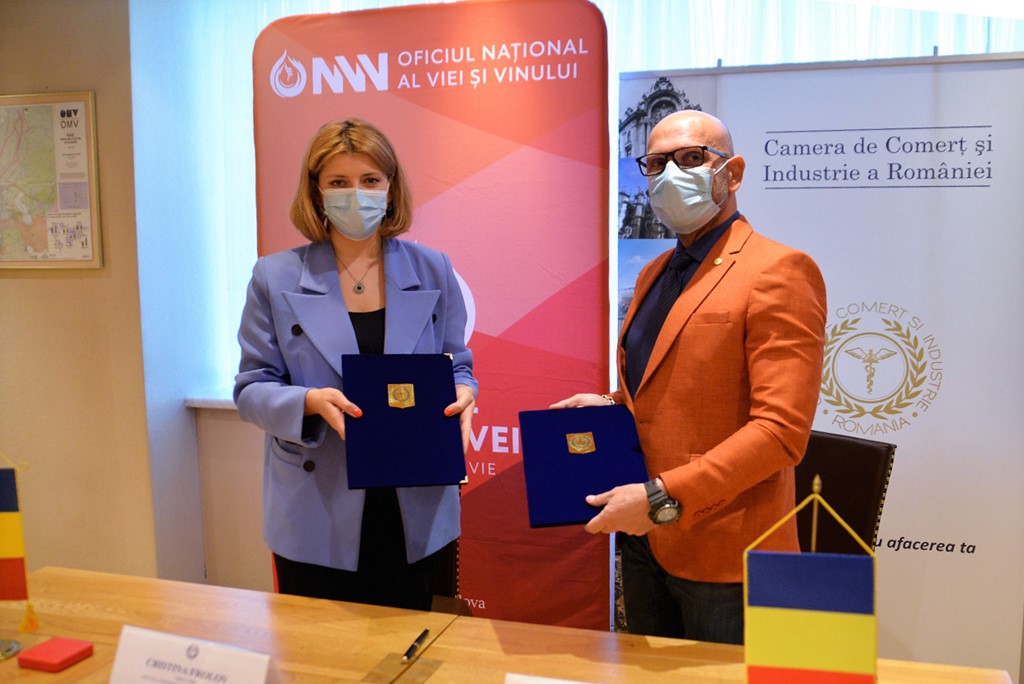
Source: ccir.ro
**
According to the data of the Romanian National Trade Register Office, the total value of Romania-Moldova trade was 1.7 billion euros at the end of last year and over 805 million euros at the end of May 2021. In July 2021, there were 6 522 companies from the Republic of Moldova in Romania, with a total capital value of 45.9 million euros.
The data of Moldova’s National Office of Vine and Wine showed that, in the first 7 months of 2021, the total quantity of bottled wine was about 27 million litres (registering an increase of 10% as compared to the same period last year), with a value of more than one billion lei, which is 32% more than the same period last year. Moldovan wines were awarded 956 medals at 32 international competitions in 2020.
Photo: ccir.ro
Miscellaneous
Study// Attacks on Moldovan journalists in 2020 – who, where and why?

The number of attacks on Moldovan journalists suddenly increased in 2020. Mostly, legal and economic mechanisms were used by state officials, holding offices at central and local level, against media employees, in particular, filing accusations of defamation, slander and damage to reputation, a recent study conducted by the Foundation for International Investigation of Crime against Media “Justice for Journalists” stated.
The foundation monitors attacks on media employees on a daily basis, together with partners an experts from 12 countries, creating a Media Risk Map, which covers the period from 2017 onwards. Each incident is being verified in three independent sources, belonging to one of the categories: physical attacks and threats to life, liberty, and health; attacks via judicial or economic means; and non-physical and/or cyber attacks and threats.
68 attacks on journalists were committed last year in Moldova, most of them happening during protests and important political events. According to the report, collaborators or offices of 22 media institutions and media NGOs were subjects to attacks or threats.
In 2020, the most common forms of intimidation and persecution of media employees were non-physical attacks and/or cyber attacks (including DDoS and hacker attacks), but also discrediting, spreading slander in relation to media portals or media employees, illegal obstruction of journalistic activity, harassment, intimidation, pressure, threats of violence, attacks on social networks (49 out of 68 cases). In 38 out of 49 cases, the source of these attacks was mainly state officials, politicians and public figures.
3 out of 5 cases of physical attacks on media employees and institutions were accompanied by threats to life, liberty and health of journalists, being conducted by law enforcement representatives, including those from the Transnistrian region.
Additionally, several cases of suing journalists and media portals were recorded, as well as inviting to testify as witnesses after investigations were published.
The most important reasons for the journalists’ working conditions aggravation in Moldova, as well as in the whole region, were voting new laws and regulations that limit the access of media employees to information and restrict their freedom of movement under the pretext of COVID-19 restrictions; civil resistance actions with the participation of a large number of people organized in connection with the tension of the political, economic and social situation; tightening the penalties for media collaboration with colleagues abroad and non-profit organizations; or the adoption by state authorities of a clearly hostile position towards the media institutions which are not controlled by them.
Photo: Thomas William| Unsplash


